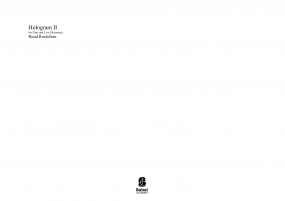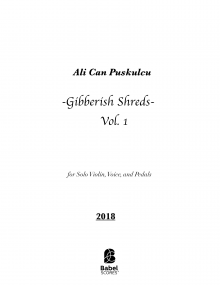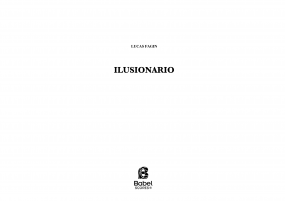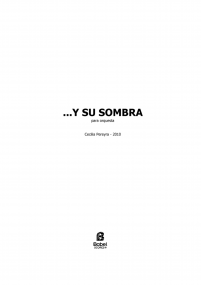transiciones
ISMN : 979-0-2325-5052-7
- Login to create your own lists
This work is an exploration, first, of the microscopic timbral possibilities of the electric guitar, and second, of the rhythm-to-tone transition phenomenon. The interaction with the various pedals enables the possibility of exploring "microscopical" sounds and timbrical qualities so subtle that it would be virtually impossible to hear in any other way. One can identify two main elements along the piece: staccato-like sounds (clicks) and “linear” sounds (the scratching of the strings), which interact with each other and relate during the piece. At the end, these two elements show to be extremely related and it demonstrates that if one accelerates enough the recurrence of the appearing of an individual and short sound, eventually it becomes a “linear” sound (a tone).
"On the outside, the point can be determined as the minimal elementary form ... The point is the temporal form. Nevertheless, there may be another force inside, if not out of the point. ... By virtue of which, the concentric force of the point is instantly annihilated. Then a new entity appears with an autonomous life and governed by its own laws. This entity is the line. It is the trace that the point leaves with its mobility ... "
“Point and Line to Plane” (1926) - W. Kandinsky
Pages - 16












